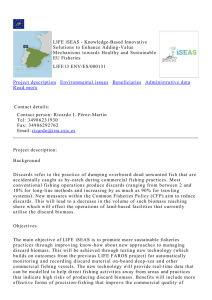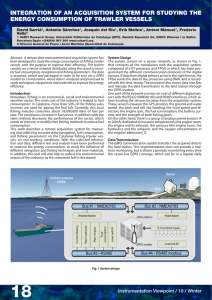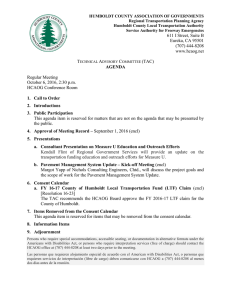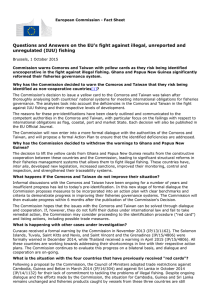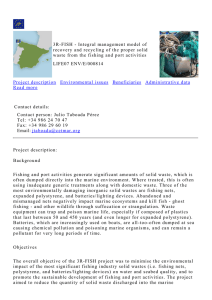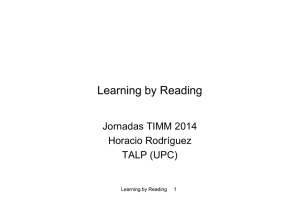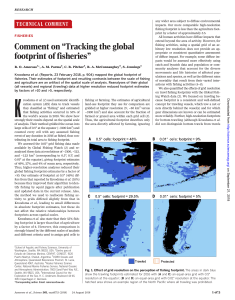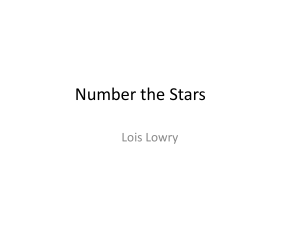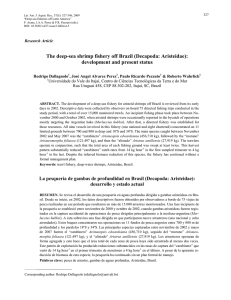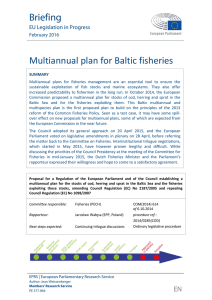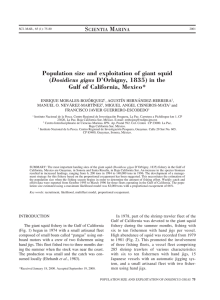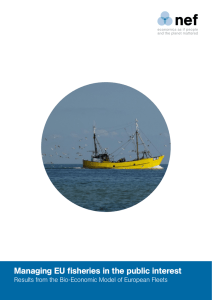Questions and Answers on Total Allowable Catches (TACs)
Anuncio
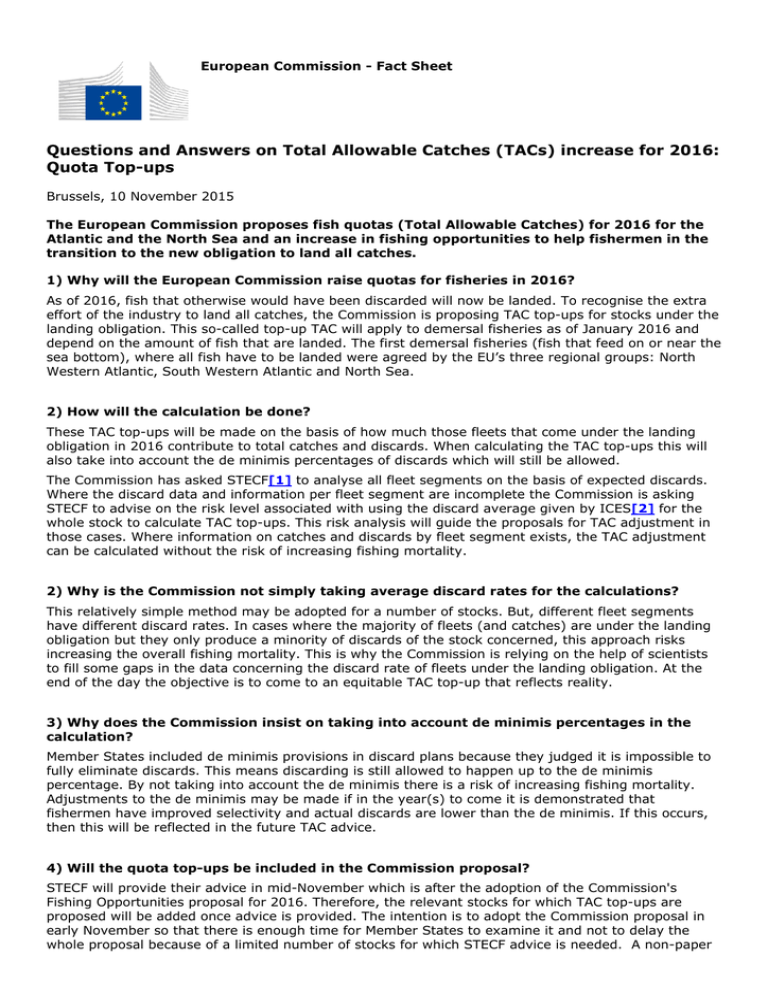
European Commission - Fact Sheet Questions and Answers on Total Allowable Catches (TACs) increase for 2016: Quota Top-ups Brussels, 10 November 2015 The European Commission proposes fish quotas (Total Allowable Catches) for 2016 for the Atlantic and the North Sea and an increase in fishing opportunities to help fishermen in the transition to the new obligation to land all catches. 1) Why will the European Commission raise quotas for fisheries in 2016? As of 2016, fish that otherwise would have been discarded will now be landed. To recognise the extra effort of the industry to land all catches, the Commission is proposing TAC top-ups for stocks under the landing obligation. This so-called top-up TAC will apply to demersal fisheries as of January 2016 and depend on the amount of fish that are landed. The first demersal fisheries (fish that feed on or near the sea bottom), where all fish have to be landed were agreed by the EU’s three regional groups: North Western Atlantic, South Western Atlantic and North Sea. 2) How will the calculation be done? These TAC top-ups will be made on the basis of how much those fleets that come under the landing obligation in 2016 contribute to total catches and discards. When calculating the TAC top-ups this will also take into account the de minimis percentages of discards which will still be allowed. The Commission has asked STECF[1] to analyse all fleet segments on the basis of expected discards. Where the discard data and information per fleet segment are incomplete the Commission is asking STECF to advise on the risk level associated with using the discard average given by ICES[2] for the whole stock to calculate TAC top-ups. This risk analysis will guide the proposals for TAC adjustment in those cases. Where information on catches and discards by fleet segment exists, the TAC adjustment can be calculated without the risk of increasing fishing mortality. 2) Why is the Commission not simply taking average discard rates for the calculations? This relatively simple method may be adopted for a number of stocks. But, different fleet segments have different discard rates. In cases where the majority of fleets (and catches) are under the landing obligation but they only produce a minority of discards of the stock concerned, this approach risks increasing the overall fishing mortality. This is why the Commission is relying on the help of scientists to fill some gaps in the data concerning the discard rate of fleets under the landing obligation. At the end of the day the objective is to come to an equitable TAC top-up that reflects reality. 3) Why does the Commission insist on taking into account de minimis percentages in the calculation? Member States included de minimis provisions in discard plans because they judged it is impossible to fully eliminate discards. This means discarding is still allowed to happen up to the de minimis percentage. By not taking into account the de minimis there is a risk of increasing fishing mortality. Adjustments to the de minimis may be made if in the year(s) to come it is demonstrated that fishermen have improved selectivity and actual discards are lower than the de minimis. If this occurs, then this will be reflected in the future TAC advice. 4) Will the quota top-ups be included in the Commission proposal? STECF will provide their advice in mid-November which is after the adoption of the Commission's Fishing Opportunities proposal for 2016. Therefore, the relevant stocks for which TAC top-ups are proposed will be added once advice is provided. The intention is to adopt the Commission proposal in early November so that there is enough time for Member States to examine it and not to delay the whole proposal because of a limited number of stocks for which STECF advice is needed. A non-paper will be tabled with all the TAC top-ups as soon as possible after the STECF advice in mid-November. Infographic on Quota Top-ups: http://ec.europa.eu/fisheries/documentation/publications/2015definition-of-tac-proposals_en.pdf For more information: TACs and quotas: http://ec.europa.eu/fisheries/cfp/fishing_rules/tacs/index_en.htm Press Release on Commission's proposal on fishing opportunities in the Atlantic and North Sea for 2016: http://europa.eu/rapid/press-release_IP-15-6016_en.htm Questions and Answers on Commission's proposal on fishing opportunities in the Atlantic and North Sea for 2016: http://europa.eu/rapid/press-release_MEMO-15-6030_en.htm Scientific advice: the proposed TACs take due account of the scientific advice from the International Council for the Exploration of the Sea (ICES) and the Scientific, Technical and Economic Committee for Fisheries (STECF), see: http://ec.europa.eu/fisheries/cfp/fishing_rules/scientific_advice/index_en.htm Stakeholders were also consulted, based on the Commission's Consultation document from the beginning of June - see press release: http://europa.eu/rapid/press-release_IP-15-5082_en.htm Multiannual management plans: http://ec.europa.eu/fisheries/cfp/fishing_rules/multi_annual_plans/index_en.htm Map of fishing areas: http://ec.europa.eu/fisheries/documentation/publications/cfp_factsheets/fishing_areas_en.pdf [1] Scientific, Technical and Economic Committee for Fisheries [2] International Council for the Exploration of the Sea MEMO/15/6017 Press contacts: Enrico BRIVIO (+32 2 295 61 72) Iris PETSA (+32 2 299 33 21) General public inquiries: Europe Direct by phone 00 800 67 89 10 11 or by email
